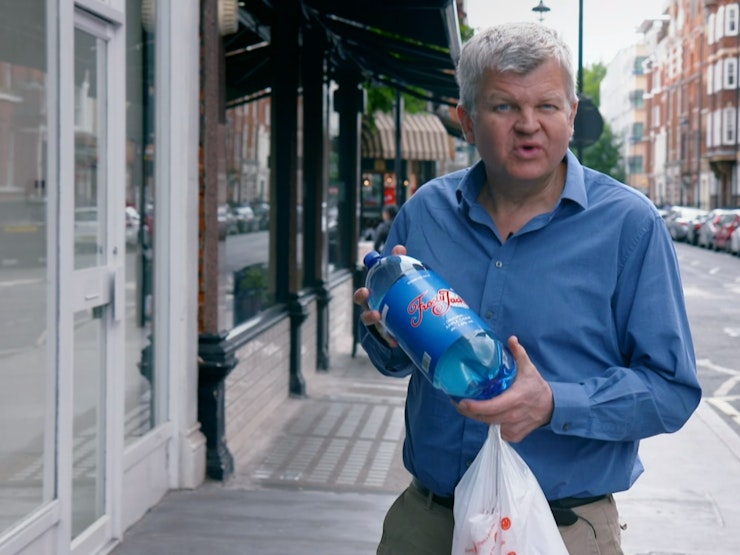6 March 2020
Researchers:
Lucy Holmes
Alcohol labels mostly fail to include up-to-date health advice
The harmful use of alcohol is the leading risk factor for death, ill-health and disability among 15 to 49-year-olds in the UK. Drinking is linked to over 200 conditions and diseases (including cancer, heart disease, fertility problems, stroke and mental health issues) but public awareness is low; 77% of people are unaware of the link between alcohol and breast cancer. Recent NHS figures show that in 2018 at least 1.3 million people were admitted to hospital with a diagnosis linked to alcohol.
The Government’s Chief Medical Officers’ (CMO) low-risk drinking guidelines for the UK were updated in 2016 to reflect new evidence on health risks. Our research looked at 424 alcohol containers on shop shelves in October 2019 to see whether labels include this advice, which regular polling shows consumers want. Ahead of the full report (due to be published in Spring 2020) early findings show that:
- More than 70% of labels did not include the up-to-date CMO guidelines
- Nearly a quarter contained misleading, out-of-date health information
This research shows that the current approach to regulating labelling is not working. People cannot rely on the information provided on labels to give them the information they need - at the point of purchase - to make informed decisions about if, what or how much to drink.


